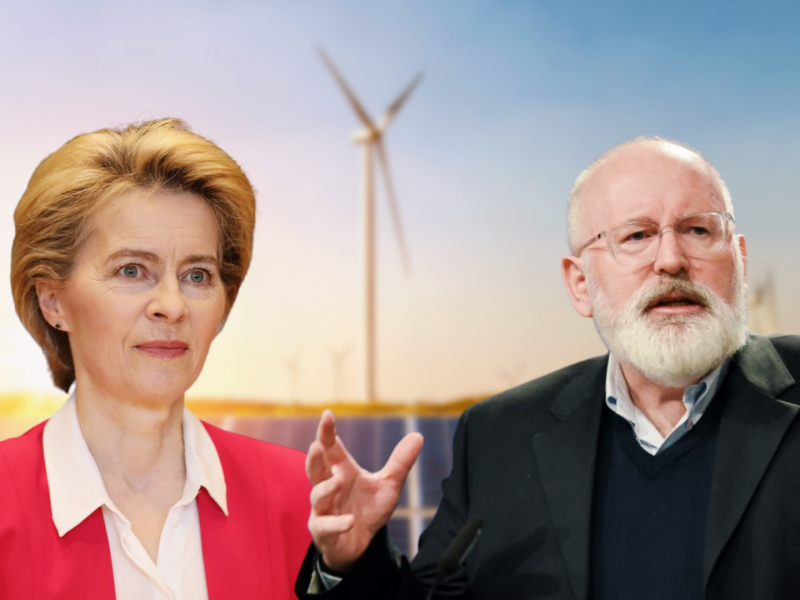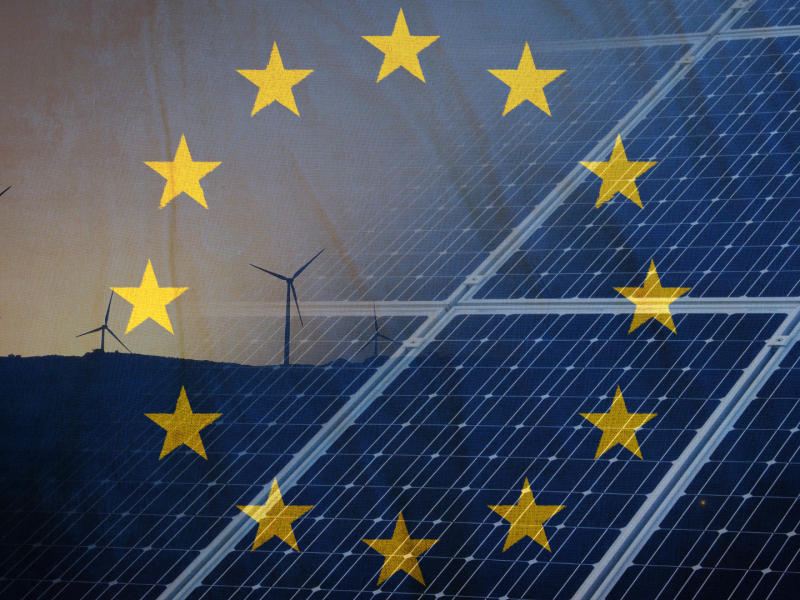In the first half of 2021, emissions from the energy sector in Europe were 12%. Below pre-pandemic levels, according to today (July 28) Transfer Ember Thought Center. Production from coal was 16 per cent. Less in the first half of 2021 compared to the same period in 2019. In Poland, emissions from the energy sector are increasing, and coal exceeds 70 percent. in the national energy mix.
The report shows that in the first half of this year, “clean” electricity provided two-thirds of the energy in the 27 EU countries. 39 percent Renewables were responsible for the remaining 27 percent. – corn.
Coal share is only 14 percent. of electricity in Europe, which is almost half of what it was in 2015. Renewable energy has maintained an advantage over fossil fuels as the main source of electricity in Europe, which was achieved for the first time.
Coal in Poland is doing well
The cost of generating electricity from natural gas and coal power plants in the major EU economies is twice as much as new solar and wind plants. Across the European Union, gas prices nearly doubled in 2021, while import prices for hard coal rose by 70%.
Poland is one of five countries responsible for nearly two-thirds of the European Union’s electricity demand – next to it GermanAnd FranceAnd Spain I Italian. However, the emissions of the Polish energy sector are increasing, and coal is again well above 70% participating in the energy mix, write the authors of the analysis.
In the first half of 2021, compared to the corresponding end of 2020, the demand for electricity in Poland increased, reaching a higher level (+2%) than before the epidemic. The share of fossil fuel energy was 2%. higher. The modest increase in renewables has been offset by a decrease in net energy imports, thus meeting the growing demand for electricity using fossil fuels. This increase was roughly evenly distributed between coal and gas. Although electricity production from renewable energy in this period increased by 13 percent, solar energy still represented 3 percent. Total electricity production.
For comparison, in Spain and Holland There was no increase in fossil fuel consumption in 2021 due to the increase in wind and solar energy. In Spain, wind power alone has produced more energy than fossil fuels.
Two-thirds of the energy comes from zero-emissions sources
“European energy is slowly decarbonizing. The Ember report shows that in the first half of 2021, RES production was 11%. Higher than in the same period before the pandemic. Two-thirds of the energy is already provided by zero-emissions sources – renewable and nuclear. However, the picture is not the same in all countries – in Poland there was an increase in production of coal and only the rapid development of photovoltaic sources compensated for the decrease in the generation of other renewable energy sources. As a result, electricity emissions increased by 2% compared to half The first of 2019. This is a very negative trend given the high cost of coal power generation and our commitments to reduce emissions.” Alexandra Golikowska Vik, Elektroenergetyka project manager at Forum Energii.
while Alexander Shinijoki, The director of the Climate and Energy Program at WiseEuropa believes that “the latest data that takes into account the economic recovery after the first shock, the deepest shock in spring 2020 indicate that the development of renewable energy in Poland has not kept pace with the increase in demand for the increased volume of energy produced from coal compared to the period This happened despite a slight decrease in the share of coal in our energy mix – the increasing demand for energy has outpaced the gradual increase in the share of renewables.”
WiseEuropa expert noted that the increase in energy production from photovoltaic cells may have allowed a reduction in the volume of energy imported into Poland, which led to a decrease in production from fossil fuels, among other things. In Germany.
“This data suggests that Poland cannot count on its laurels after the recent PV boom and several large-scale RES auctions. If we are to avoid rising costs for CO2 allocations, we need to further rapidly develop all low-emissions energy sources.
future predictions
According to the report, in the first half of 2021, electricity demand in Europe returned to pre-pandemic levels. However, electricity production from fossil fuels remained at 10%. lower than before the pandemic, due to the increase in RES (+11%). The share of nuclear energy has also decreased (-8%) and coal has seen a larger decline (-16%) than natural gas (-4%).
According to experts, over the past five years, the share of clean energy has increased by an average of 1.2 percentage points each year.
“If the EU is to achieve the new 2040 climate targets, this trend must be halved in the next 10 years and even further if the EU is to be zero-emissions by 2035,” the study states.

“Problem solver. Proud twitter specialist. Travel aficionado. Introvert. Coffee trailblazer. Professional zombie ninja. Extreme gamer.”



![Energy in Europe is lower emissions than it was before the pandemic. But not in Poland [Raport] – EURACTIV.pl Energy in Europe is lower emissions than it was before the pandemic. But not in Poland [Raport] – EURACTIV.pl](https://nextvame.com/wp-content/uploads/2021/07/1627477558_Energy-in-Europe-is-lower-emissions-than-it-was-before.jpg)



More Stories
Below is the schedule of pension payments as of July 2022. Find out what benefits you will get after the changes [17.07.2022]
Overview of the new electric sports cars for the Hyundai Ioniq 5 N and Ioniq 6 N
Portugal has launched a floating solar power plant. It is the largest structure of this type in Europe – Economy